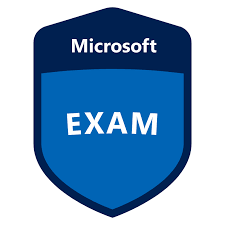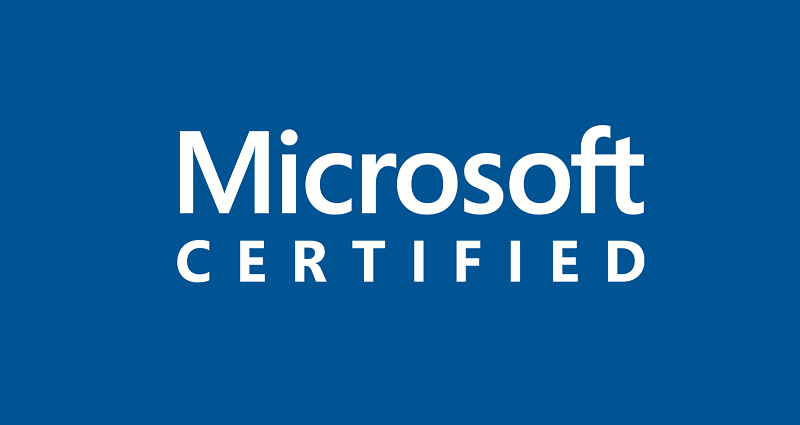Azure 204:
We have different sets of azure exams i.e azure 900 , azure 204 , etc..
AZ-204 tells us more about the azure cloud . As you go with the topics discussed for Azure 204 you will get an in depth knowledge about how to configure them and when to use them.

Difference between Azure 900 and Azure 204
Coming to difference between AZ 900 and azure 204 , it is really big. Az900 is simple but AZ 204 is little complicated and difficult to pass. AZ-900 is about the fundamentals i,e a theory which deals with different options available in azure whereas AZ-204 is about how you use it. For passing AZ-900 you would be expected to know how to choose different app service for some specific scenario. But for AZ-204 you would need to learn why you want to use them and how.
Syllabus for Microsoft Azure 204 exam.
Candidates should have 1-2 years professional development experience and experience with Microsoft
Azure. They should be able to program in an Azure-supported language, and should be proficient using
Azure CLI, Azure PowerShell, and other tools.
• Develop Azure compute solutions (25–30%)
• Develop for Azure storage (15–20%)
• Implement Azure security (20–25%)
• Monitor, troubleshoot, and optimize Azure solutions (15–20%)
• Connect to and consume Azure services and third-party services (15–20%)
- Develop Azure compute solutions (25–30%)
Implement IaaS solutions
• Provision virtual machines (VMs)
• Configure, validate, and deploy ARM templates
• Configure container images for solutions
• Publish an image to Azure Container Registry
• Run containers by using Azure Container Instance
Create Azure App Service Web Apps
• Create an Azure App Service Web App
• Enable diagnostics logging
• Deploy code to a web app
• Configure web app settings including SSL, API settings, and connection strings
• Implement autoscaling rules including scheduled autoscaling and autoscaling by operational or
system metrics
Implement Azure Functions
• Create and deploy Azure Functions apps
• Implement input and output bindings for a function
• Implement function triggers by using data operations, timers, and webhooks
• Implement Azure Durable Functions - Develop for Azure storage (15–20%)
Develop solutions that use Azure Cosmos DB storage
• Select the appropriate API and SDK for a solution
• Implement partitioning schemes and partition keys
• Perform operations on data and Azure Cosmos DB containers
• Set the appropriate consistency level for operations
• Manage change feed notifications
Develop solutions that use blob storage
• Move items in Blob storage between storage accounts or containers
• Set and retrieve properties and metadata
• Perform operations on data by using the appropriate SDK
• Implement storage policies, data archiving, and retention - Implement Azure security (20–25%)
Implement user authentication and authorization
• Authenticate and authorize users by using the Microsoft Identity platform
• Authenticate and authorize users and apps by using Microsoft Azure Active Directory (Azure
AD), part of Microsoft Entra
• Create and implement shared access signatures
• Implement solutions that interact with Microsoft Graph
Implement secure cloud solutions
• Secure app configuration data by using App Configuration or Azure Key Vault
• Develop code that uses keys, secrets, and certificates stored in Azure Key Vault
• Implement Managed Identities for Azure resources - Monitor, troubleshoot, and optimize Azure solutions (15–20%)
Implement caching for solutions
• Configure cache and expiration policies for Azure Cache for Redis
• Implement secure and optimized application cache patterns including data sizing, connections,
encryption, and expiration
Troubleshoot solutions by using metrics and log data
• Configure an app or service to use Application Insights
• Review and analyze metrics and log data
• Implement Application Insights web tests and alerts - Connect to and consume Azure services and third-party services (15–
20%)
Implement API Management
• Create an APIM instance
• Create and document APIs
• Configure authentication for APIs
• Define policies for APIs
Develop event-based solutions
• Implement solutions that use Azure Event Grid
• Implement solutions that use Azure Event Hub
Develop message-based solutions
• Implement solutions that use Azure Service Bus
• Implement solutions that use Azure Queue Storage queues
The above is data is taken from the microsoft portal. You can also get the same inputs for the syllabus in the below link.
Link for your exam :
Azure 204 Exam Link
Learning paths on MS Learn:
https://docs.microsoft.com/en-us/learn/certifications/exams/az-204#two-ways-to-prepare
Azure Code Samples:
https://azure.microsoft.com/en-us/resources/samples/?sort=0
Official Azure Documentation:
https://docs.microsoft.com/en-us/azure/
Also read:
20 Important C# interview questions for experienced
20 Important jQuery interview questions for experienced
C#- Programming Guide | Starting Phase
20 Important SQL Server interview questions for experienced
